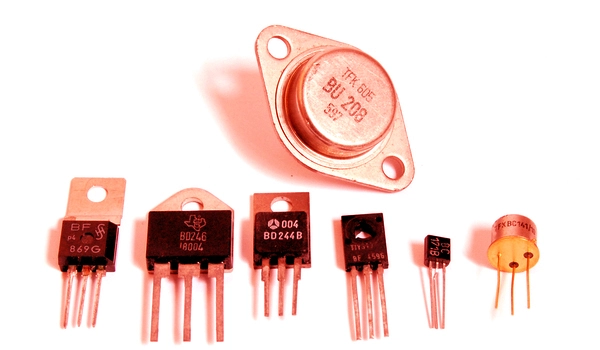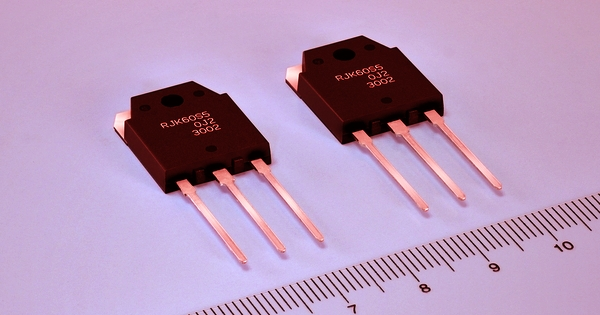Organic field-effect transistors (FETs) were first reported in 1986 and have made significant advances over the last two decades. Nonetheless, they are still limited to the low-to-medium megahertz range, preventing widespread application. The significantly lower charge carrier mobility in organic semiconductors (OSCs) compared to their inorganic counterparts limits the performance of organic transistors. Reducing the length of transistor channels is an effective strategy for increasing device operational speed, as demonstrated by FETs and other device concepts such as organic permeable-base transistors. However, other factors, such as contact resistance and overlap capacitances, frequently limit further improvement of operational frequencies.
Researchers have created a highly efficient organic bipolar transistor. The research opens up new avenues for organic electronics, including data processing and transmission, as well as medical technology applications.
Prof. Karl Leo has been thinking about the realization of this component for more than 20 years, and it is now a reality: his research group at the Institute for Applied Physics at the TU Dresden has presented the first highly efficient organic bipolar transistor. This opens up entirely new possibilities for organic electronics, both in data processing and transmission and in medical technology applications. The findings of the study have now been published in the leading specialist journal Nature.
The first realization of the organic bipolar transistor was a huge challenge because we had to create layers of extremely high quality and new structures. However, the excellent parameters of the component reward these efforts!
Prof. Karl Leo
The transistor, invented in 1947 at Bell Laboratories by Shockley, Bardeen, and Brattain, ushered in the age of microelectronics and revolutionized our lives. Bipolar transistors, in which negative and positive charge carriers contribute to current transport, were invented first; unipolar field effect transistors were added later. The increasing performance of silicon electronics in the nanometer range has greatly accelerated data processing. This very rigid technology, on the other hand, is less suitable for new types of flexible electronic components, such as rollable TV displays, or for medical applications on or even in the body.
For such applications, transistors made of organic, i.e. carbon-based semiconductors, have come into focus in recent years. Organic field effect transistors were introduced as early as 1986, but their performance still lags far behind silicon components.

Thin-film semiconductor devices have recently gained popularity due to new application possibilities. Organic semiconductors are of particular interest among materials systems suitable for thin-film electronics; their low cost, biocompatible carbon-based materials, and deposition by simple techniques such as evaporation or printing enable organic semiconductor devices to be used for ubiquitous electronics, such as those used on or in the human body, or on clothing and packages. The potential of organic electronics can only be realized if the performance of organic transistors is significantly improved.
Prof. Karl Leo and Dr. Hans Kleemann of the Technical University of Dresden have demonstrated an organic, highly efficient bipolar transistor for the first time. The use of highly ordered thin organic layers was critical in this. This new technology is many times faster than previous organic transistors, and for the first time, the components have reached operating frequencies in the gigahertz range, i.e. more than a billion switching operations per second.
Dr. Shu-Jen Wang, who co-led the project with Dr. Michael Sawatzki, explains: “The first realization of the organic bipolar transistor was a huge challenge because we had to create layers of extremely high quality and new structures. However, the excellent parameters of the component reward these efforts!” Prof. Karl Leo adds.
“We’ve been thinking about this device for 20 years, and I’m thrilled that we’ve finally been able to demonstrate it with the novel highly ordered layers. The organic bipolar transistor and its potential open up completely new avenues for organic electronics, as they enable demanding data processing and transmission tasks.” Conceivable future applications are, for example, intelligent patches equipped with sensors that process the sensor data locally and wirelessly communicate to the outside.





